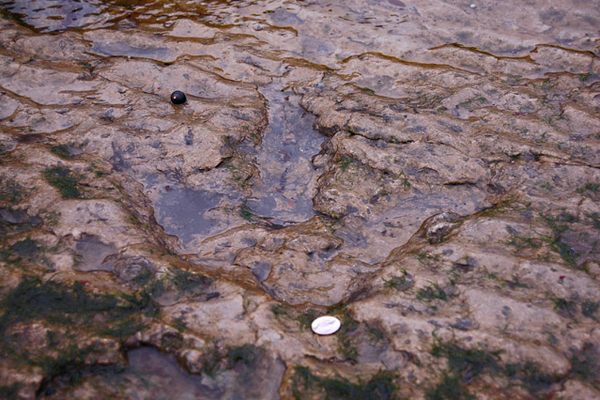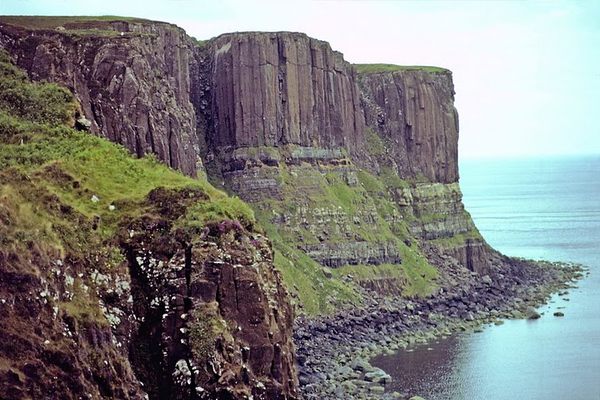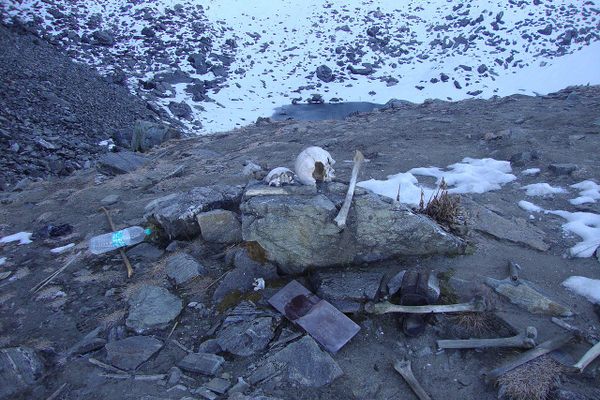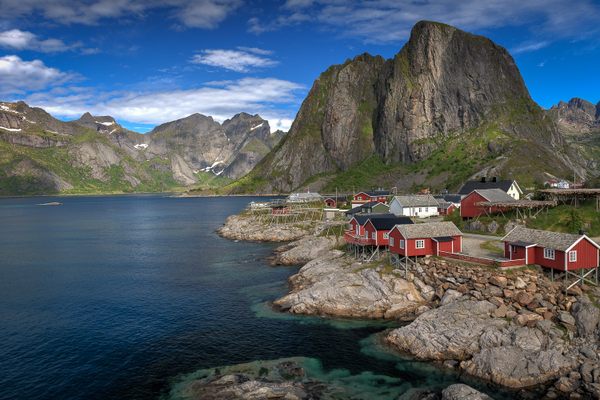Before the Russians had even laid the first brick for the Vozrozhdeniye Island bioweapons facility, the British were busy developing Anthrax as a weapon of World War II.
Begun in 1942, a highly virulent strain of Anthrax known as “Vollum 14578” was tested by filling “bombs” with the deadly bacteria. Once detonated the bombs would burst and a cloud of brown deadly dust would drift down onto a flock of unsuspecting sheep. Though the army learned that they could indeed contaminate German cities so thoroughly as to make them uninhabitable for decades, in the process they made Gruinard itself uninhabitable for nearly five decades.
In the early 1980s, the island, which had been left contaminated with anthrax, became a public threat when a group calling themselves “Operation Dark Harvest” began sending soil from the island to government facilities across the U.K., demanding the island be cleaned. The soil was sufficiently contaminated with anthrax and viewed as genuine threats.
In 1986, the government began cleaning up Gruinard Island by spraying down the entire place with a solution of formaldehyde and seawater. As of 1990 the island was declared “safe” and, in 1997, the history of the project was declassified for the first time.
Since 2007, there has not been a case of anthrax from the test flock of sheep left on the island following decontamination. However, not everyone is convinced the island is safe. In the words of one skeptic, “it is a very resilient and deadly bacterium.”
Know Before You Go
The island is clearly visible on the open stretch of A832 south and west of Mungasdale. There's a lay-by from which you can view the island directly ahead.






















Follow us on Twitter to get the latest on the world's hidden wonders.
Like us on Facebook to get the latest on the world's hidden wonders.
Follow us on Twitter Like us on Facebook